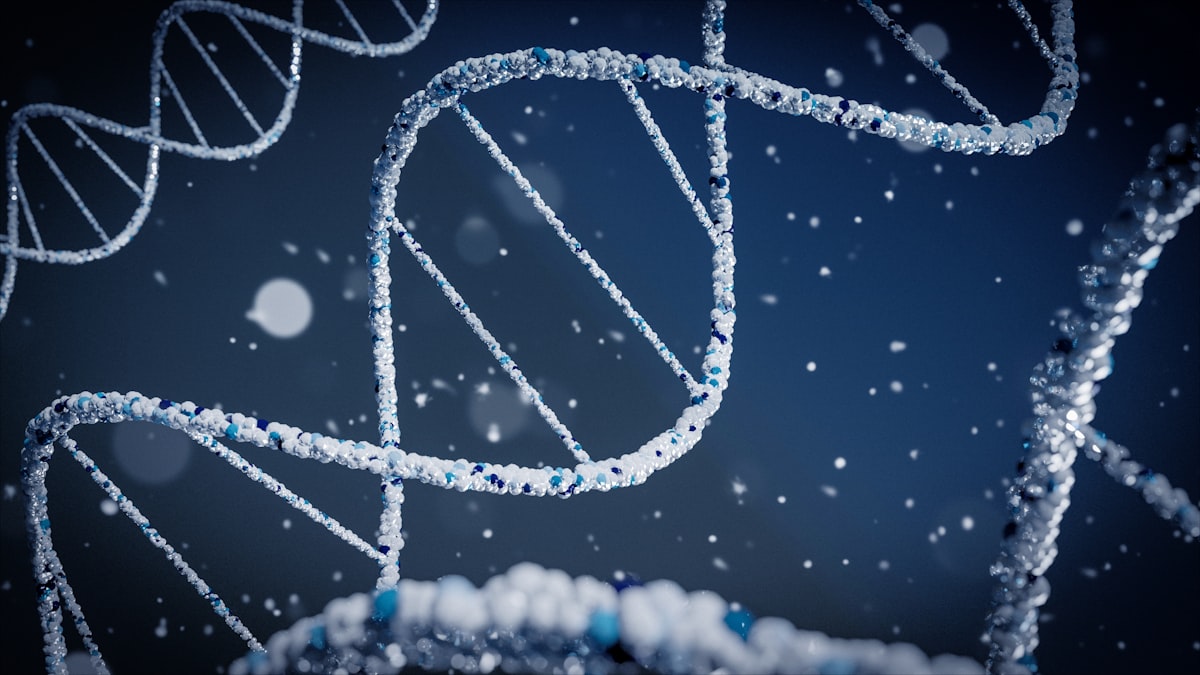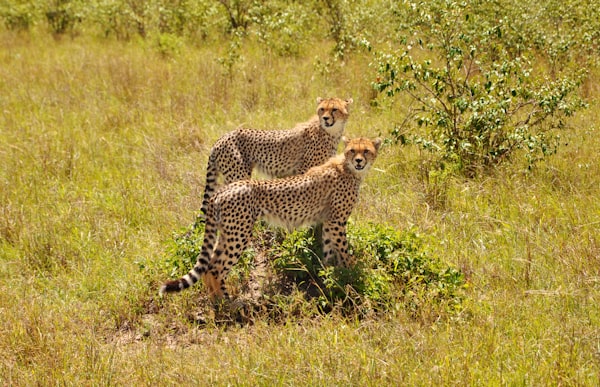Animal VS. Plant Cells

Cells are the basic building blocks for all Organisms (every living thing). Cells have a few basic parts that are shared by both plants and animals.
All cells have something called the cell membrane. This acts like a boundary, controlling what comes in and goes out. Plants have something slightly different, they have cell walls which are thicker than the normal cell membranes, this makes plant cells stiffer.
Inside the cells are small organs, or organelles, that each carry out specific functions. These "organs" work together to keep the cell alive. Some of these organs include the mitochondria, the nucleus, and chloroplasts.
The mitochondria are a type of cell that turn sugar into energy that the body can use. All animals have mitochondria in their cells, but they do not have chloroplasts.
Chloroplasts work hand in hand with the mitochondria in a plant. These organelles create sugar through the process of photosynthesis. They also give plants the color green.
All animals and plants have something called the Nucleus, which is a storage room for our genes (commands for what the cell should do).
In conclusion, cells of animals and plants have many things in common and some things that are different, but eventually, all things fulfil one of their purposess of displaying God's ingenuity.




